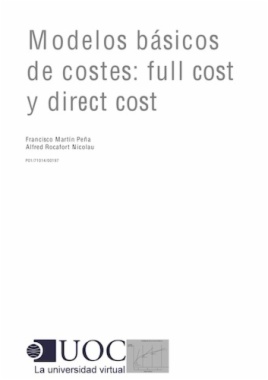
Estás filtrando por
Se encontraron 3385 resultados en recursos

Compartir este contenido
Modelos básicos de costes: full cost y direct cost
Copia el enlace o compártelo en redes sociales
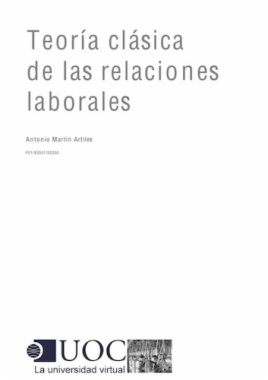
Teoría clásica de las relaciones laborales
Compartir este contenido
Teoría clásica de las relaciones laborales
Copia el enlace o compártelo en redes sociales
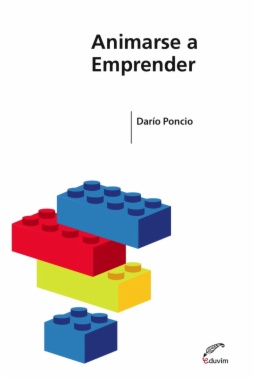
Animarse a emprender
Compartir este contenido
Animarse a emprender
Copia el enlace o compártelo en redes sociales

El Capital. Tomo I. Libro 1
Compartir este contenido
El Capital. Tomo I. Libro 1
Copia el enlace o compártelo en redes sociales

Veinte años de politica economica de la Concertación
Compartir este contenido
Veinte años de politica economica de la Concertación
Copia el enlace o compártelo en redes sociales
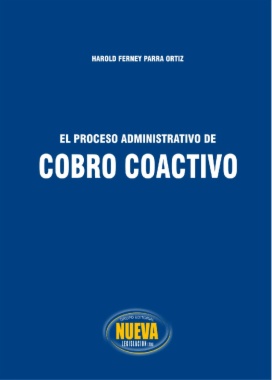
El proceso administrativo de cobro coactivo
Compartir este contenido
El proceso administrativo de cobro coactivo
Copia el enlace o compártelo en redes sociales

Contabilidad : fundamentos y usos (6a ed.)
Compartir este contenido
Contabilidad : fundamentos y usos (6a ed.)
Copia el enlace o compártelo en redes sociales
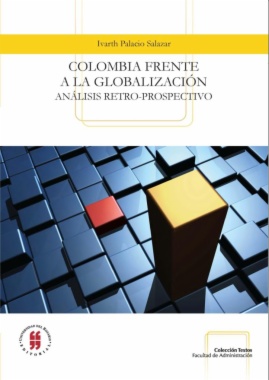
Colombia frente a la globalización : Análisis retro-prospectivo
Compartir este contenido
Colombia frente a la globalización : Análisis retro-prospectivo
Copia el enlace o compártelo en redes sociales

Cultura organizacional y estilos de dirección orientados al mercado (2a. ed.)
Compartir este contenido
Cultura organizacional y estilos de dirección orientados al mercado (2a. ed.)
Copia el enlace o compártelo en redes sociales
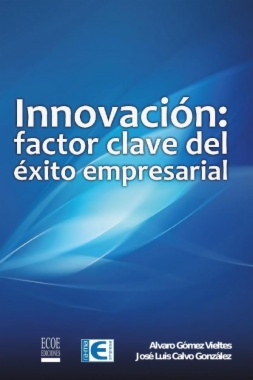
Innovación: factor clave del éxito empresarial
Compartir este contenido
Innovación: factor clave del éxito empresarial
Copia el enlace o compártelo en redes sociales
Selecciona las Colecciones en las que vas a añadir el contenido
Para consultar los contenidos añadidos busca la opción Tus colecciones en el menú principal o en Mi perfil.
